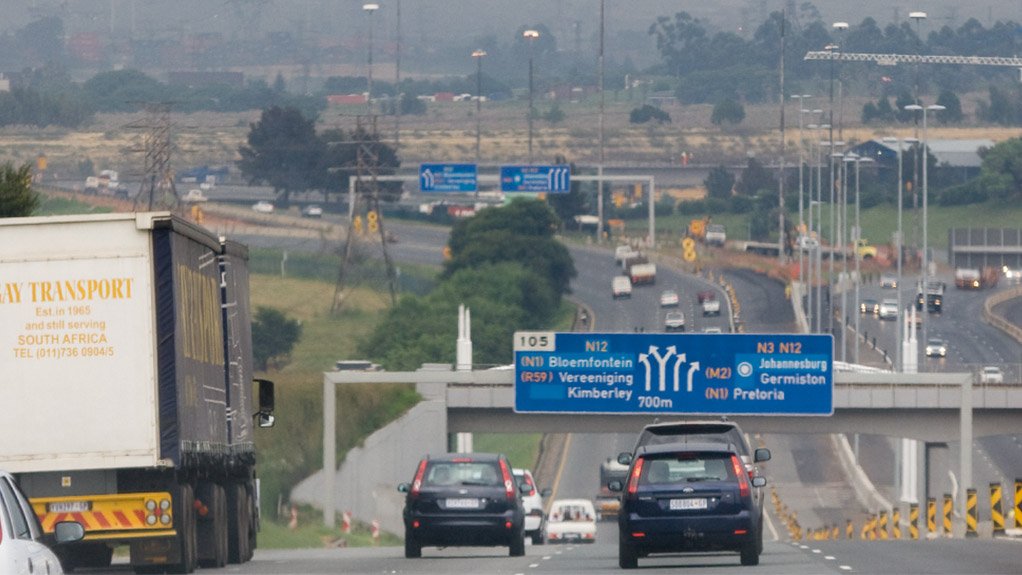University of Cape Town researcher Dr Rahul Jobanputra on Tuesday said microsimulation modelling was emerging as a promising method of developing ways of reducing South Africa’s high road fatalities.
The model, which enabled an investigation of pedestrian-vehicle and infrastructure interaction, could be used as a comparative method of analysing road safety risk for various types of infrastructure and engineering countermeasures.
“The techniques presented in my research can be used by practitioners and decision-makers to help them audit or assess infrastructure, either at the feasibility stage or post-crash,” Jobanputra explained.
His PhD thesis ‘An investigation into the reduction of road safety risk in South Africa through the use of microscopic simulation modelling on alternative ways of making the country’s roads safer’ showed that the techniques could also enable better evaluations of infrastructure safety characteristics and the more appropriate modification of said infrastructure to improve safety.
“Despite having some of the best infrastructure in Africa, South Africa has one of the worst road safety records in the world,” Jobanputra said, noting that with 15 000 road traffic fatalities a year, the nation consistently featured at the top of the global list of worst-known locations for road fatalities.
The underlying reasons for the high fatality rates were complex, but included a combination of road network planning and design, settlement patterns and behavioural and law enforcement issues.
EMAIL THIS ARTICLE SAVE THIS ARTICLE
To subscribe email subscriptions@creamermedia.co.za or click here
To advertise email advertising@creamermedia.co.za or click here











